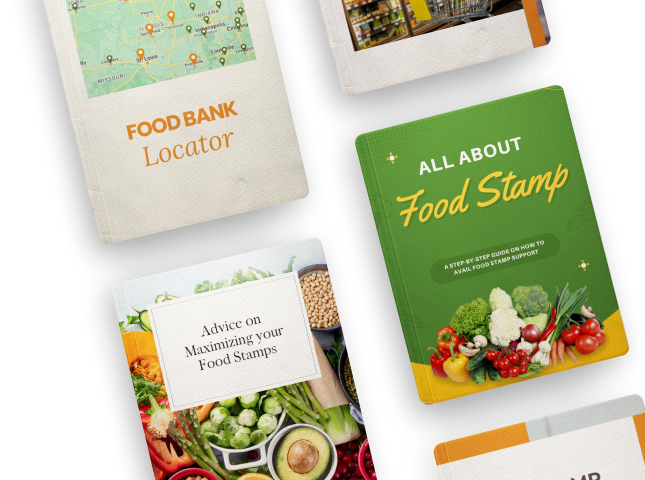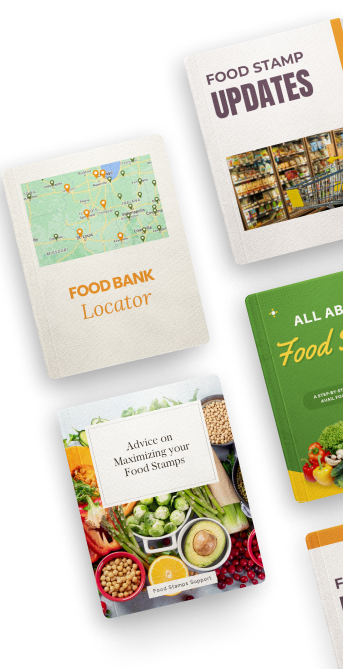Understanding The Emergency Food Assistance Program (TEFAP)
Managed by the USDA, TEFAP's primary objective is to distribute nutritious food, sourced from U.S. farms, to food banks and other relief organizations nationwide.
This program not only aids those facing hunger but also supports American agriculture by purchasing fruits, vegetables, and other staple foods directly from farmers.
How TEFAP Works
TEFAP is more than just a food aid program—it's a crucial element of the national effort to combat hunger. Each fiscal year, significant quantities of food are allocated to the Feeding America network, which includes a vast array of food banks.
For instance, last fiscal year, TEFAP provided over 1.24 billion pounds of food, translating into more than one billion meals.
This program is responsible for supplying more than 20% of the food distributed by member food banks under the Feeding America umbrella.
The range of foods includes over 120 nutritious options like eggs, meat, dairy products, and whole grains, ensuring those in need receive a balanced diet.
The Impact on the Farm Economy
TEFAP also plays a significant role in the agricultural sector. In fiscal year 2022 alone, the program facilitated $399 million in food purchases across the country.
Legislation and Funding
TEFAP's effectiveness and reach depend heavily on federal funding and legislation, particularly the Farm Bill.
The 2023 Farm Bill is pivotal as it needs to address and secure the future of TEFAP. Advocates are calling for:
- An increase in mandatory funding for food purchases to $500 million annually to ensure a consistent supply of food.
- A boost in support for food bank logistics, raising funds for storage and distribution to $200 million annually, and maintaining $15 million for infrastructure grants.
These enhancements will help food banks manage the logistics of storing and transporting food, crucial for extending their reach, especially in rural areas.
By understanding and supporting TEFAP, everyone can contribute to a hunger-free America. Whether through advocacy, donations, or volunteer work, your involvement can help sustain this essential program and ensure that fewer Americans have to worry about their next meal.
-
Subscribe to secure your food stamps and learn more about this government benefit.












